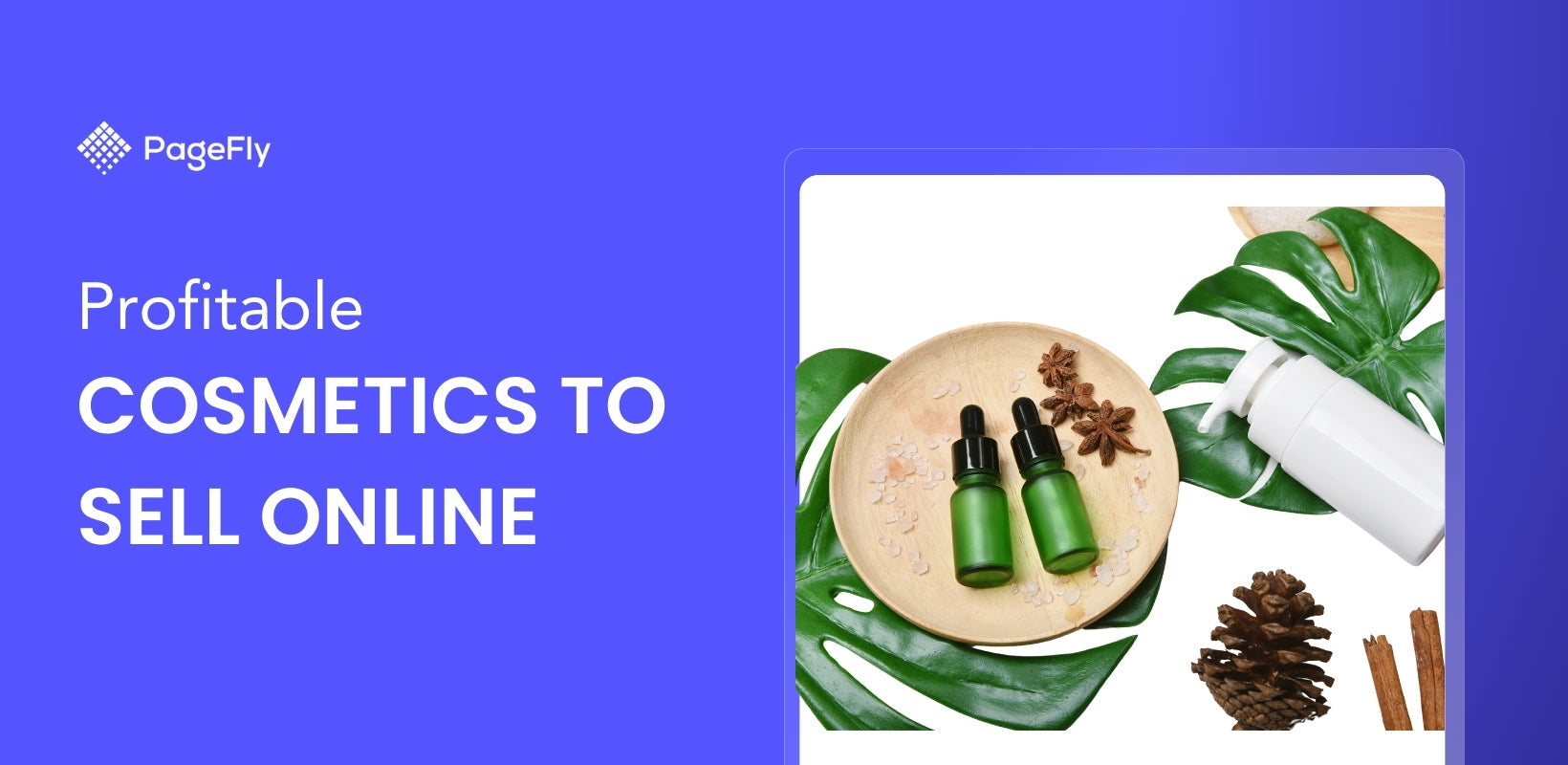To some, creating handmade items is just a hobby; and the fulfillment they get from making stuff from scratch is enough to satisfy their need for creativity. But to those who want to get the most out of their hobby, they start selling crafts online. And they make a fortune out of it.
Handmade crafts are a form of art that requires patience, skills, and love for what you are doing. It is a form of self-expression that is only limited by one’s imagination – and there lies the beauty of it.
They say that art is a form of communication. And if your interpretation of art successfully relates to other people, it means that you have captured their emotions through your creation. With that, it is not impossible to find success in selling crafts online if you know how to create hand items that resonate with people.
In this article, we will teach you how to sell handmade products online and make a living out of it.
Outline
- Popular And Profitable Crafts You Can Sell Online
- 11 Steps For Selling Crafts Online
- 5 Online Marketplaces To Sell Crafts Online
- Ideas For Selling Crafts Online - Real Store Examples
- Bottom Line
Popular And Profitable Crafts You Can Sell Online

According to a recent blog post on Shopify, DIY crafts is a $40-billion industry. Thus, it is safe to say that arts and crafts is a large and healthy industry where you can be a part of.
If you have the skills for this business and want to sell handmade items online, here are some niche ideas for you:
- Resin and polymer clay jewelry
- Tufted rugs and mats
- Textile dyeing
- Paper flowers
- Home fragrance
- Ceramic or clay plant pots
- Face masks
- Vintage upcycle
- Tote bags
- Woven and knotted home décor
- Handmade beauty products
These are just a few among hundreds of handmade niches that you can sell online. If the one you have in mind is not on the list, it doesn’t mean that it is not feasible.
At the end of the day, if you got a good product in your hand, where it all boils down is how you execute your business.
>>> Maybe you also want to know how to build a Shopify art store
11 Steps For Selling Crafts Online

In online business, it is not just all about products. It is like a puzzle that you need to complete – in which your product is just a piece of it. There are other elements involved in the overall execution of your online business.
To help you out, here are 11 steps that you need to accomplish in order to succeed in selling crafts online.
01. Decide On A Niche
First things first. Before you sell handmade items online, it is important to figure out which segment of the market you want to cater to.
To decide on a niche, you should narrow down your potential customers. Some of the criteria you should be looking into are:
- Men or women
- Kids, teenagers, or adults
- Affordable or luxury
- Everyday items or specialty
- …and the list goes on.
When you have narrowed down to a niche, it is best to start conceptualizing your brand name. When choosing a brand name, it is important that it fits your target customers.
Do you need help thinking of a name? We have a free tool, Shop Name Ideas By PageFly, that you can use to help you gather inspiration from existing Shopify stores.
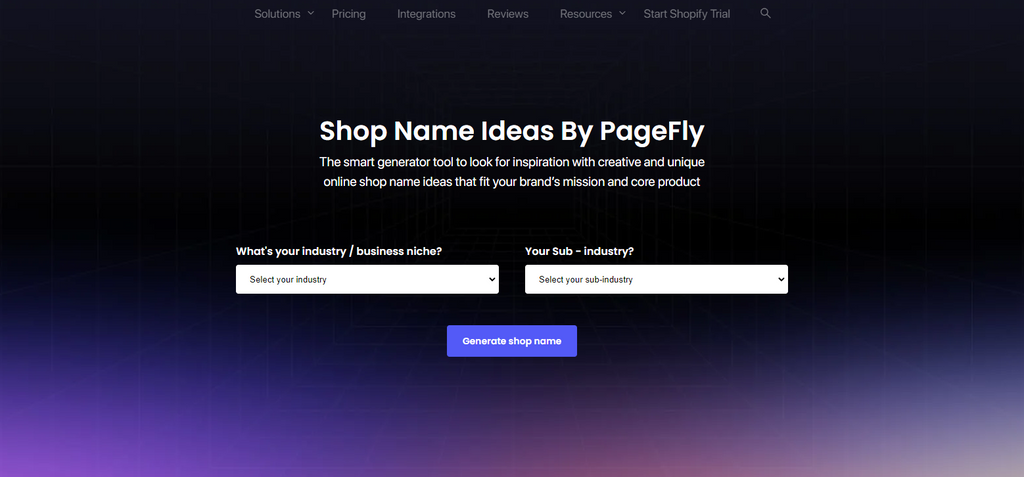
Simply choose an industry or business niche from the drop-down choices, then choose a sub-industry. Click on Generate shop name, and the tool will provide you with a list of Shopify stores that you can visit to help you get inspired.
02. Create Samples To Test The Market
Don’t wait till you have accomplished every step of the way before you create your sample products.
At this stage, you can test if your handmade crafts are appealing to your target customers.
Start giving samples to your friends who have the same interest. If there are nearby flea markets in your area, rent out a small space for a table and a chair and display your samples. See how people perceive and appreciate your craft.
You might not be able to wow everyone who checks out your handmade crafts but it is important to see their reaction when they see your art.
And since you are there, be sure to carry some extras just in case people want to buy them.
In doing this, you can see if you hit the right mark when it comes to pricing. However, since flea markets are for second-hand bargains, it might not be the best place for you if you want to cater to a luxurious niche.
03. Establish An Online Presence
Aside from flea markets, there is another place to help you showcase your handmade items – through social media.
By using online platforms like Facebook, Instagram, and Pinterest, you cover a wider range of audience and you are not limited to a certain demographic like in flea markets.

Source: We Are Social
Whatever your chosen niche is, you can find it on social media.
According to a study conducted by We Are Social, social networks rank 4th on the main channels utilized by internet users aged 16 - 64 years old in the United States to find online brands.
The first three (3) choices are Search Engines, Consumer Reviews, and Product or Brand Sites.
What is not shown in this study is the interconnection between these search channels.
For example, social networks are used to promote and link to brand sites. You can also find these brand sites and social media accounts using search engines. And customer reviews can be found on either social media accounts or websites.
Thus, all four channels work together contributing to the overall visibility of a certain brand.
But among these four channels, the easiest way to make your brand searchable is through social networks. Therefore, it is important that you prioritize social media marketing early on in your quest to sell handmade online.
This gives you a chance to show your products and engage with potential customers long before you create your online store.
04. Decide On A Selling Strategy
By gaining online presence at an early stage you get to see what type of audience your social media following can attract.
In some cases, there is a possibility that the people in your chosen niche will not be the ones your handmade crafts will attract.
The good thing about social media platforms is that they provide insights about your audience in a bird’s eye view. That way, you can make a guided decision on how you can position your product before you start selling crafts online.
In deciding on a selling strategy, you must also know your production capacity. Since these are handmade items and chances are you will be making them by yourself, you should consider the amount of time and work that you can put into it.
Online selling strategy and pricing go hand in hand. In any pricing strategy, there are risks.
Definitely, pricing your handmade items higher will be the most logical way for it to be worth your time. Creating scarcity in your handmade items will help you drive up prices. However, you risk alienating potential customers.
On the other hand, if you price too low, you risk not earning at all when you factor in time and monetary expenses you put into your production; plus the commissions online marketplaces charge to sellers. That is unless you target quantity through mass production – which will defy the exclusivity concept of handmade crafts.
05. Check Out The Competition
To some extent, there is actually no competition when it comes to art because it is up to the people to interpret and appreciate. Thus, you have the liberty in pricing when you sell hand handmade items the way you want them to.
Be that as it may, it is still important to check out other businesses who are selling crafts online in your niche.
This should give you a baseline on how handmade items in your niche are priced. That way, you can still be competitive while making a healthy profit.
06. Create A Shopify Store
Now that you got your pre-launch sorted out, it is time to go into the more serious stuff. Selling crafts online is a particularly art-dense industry because the product itself is the art.
Therefore, it is important to establish a brand image that exhibits the depth of your imagination.
The best way that you can do this is to create your own website.
Unlike using online selling platforms where you can create your account and list items, creating your own website provides plenty of benefits. The most important of which is the freedom to customize your store the way you want it.
Moving to a business perspective, creating a Shopify store helps you become more visible to your target customers. A similar study conducted by We Are Social yielded a fascinating result:

Source: We Are Social
The research said that more than half (57.8%) of internet users aged 16 to 64 in the United States visited a brand’s website in the past 30 days.
With 311.3 million (91.8% of their total population) internet users in the US alone, you will be missing out on a lot of online sales opportunities if you decide not to create your own website.
But don’t rush yet into getting your Shopify store up and running. Take your time to get inspired and get your branding right. In the meantime, keep engaging with your audience on social media.
07. Take High Quality Photos And Write Great Product Descriptions
In your Shopify store, make sure that you do your handmade items justice by taking great pictures of them. Be highly creative in framing your photos to evoke the right emotions to your audience.
Along with professionally taken photos, great product descriptions will help you describe what your craft is all about. So, learn how to write product descriptions that will attract your potential customers. One rule of great copywriting is to “paint a picture, don’t just write descriptions”.
These two things will help you sell handmade items easier. This does not just apply in your online store. Your social media pages will also benefit from great photos and exceptional copywriting.
08. Promote Your Brand
Social media pages are a great way to promote your brand for free. However, social media marketing is not a walk in the park. And with social media occupying a huge role in ecommerce, it means that competition is getting more neck and neck as time goes by.
Thus, sooner or later, you will have to find a way to directly get into the phone screen of your target customers whenever they make a search related to your niche. You can do that by using Facebook ads, sponsored Instagram stories, and Google PPC.
Aside from paid ads, there are other ways to promote your handmade items – like partnerships with social media personalities, raffles and contests, and sales discounts, among others.
09. Keep Track Of Your Inventory
When selling crafts online, your inventory will be the main source of your cash flow. Thus, it is important that you stay on top of everything to make sure that whenever a customer decides to buy, you will have a product to ship.
It is inevitable that you will have to work extra hours to meet your demands. That is why selling strategy, as mentioned above, is paramount.
10. Show Love To Your Customers
Your customers will be the ones who will help you succeed. That is why when selling crafts online, you must show utmost respect and top notch customer service.
Make sure to answer their inquiries or respond with an appreciative message whenever they get in touch.
This is how you nurture your audience. Even though they are not yet ready to purchase, your persistent show of genuine care will make a big impact that will influence their purchase decision.
11. Keep Doing What You Love
They say that if you love what you are doing, you won’t have to work a day in your life.
Such is also true when selling crafts online. If you enjoy the process of creating your art, then, it won’t feel like work.
Needless to say, the beginning of your ecommerce business won’t be an easy one. That is why it is important not to be disheartened and to keep on pushing.
Love and enjoy the growth process. Focus on your long-term goals and do all the right things to make your business succeed.
5 Online Marketplaces To Sell Crafts Online
When it comes to establishing your own brand, no online marketplace can match the flexibility and customizability of having your own website.
But if you want to be very aggressive with your marketing strategy to improve your online sales, additional channels to complement your website would not hurt your business if you know how to do it right.
Below, we listed down our top five (5) online craft marketplaces where you can sell crafts online to help boost your sales.
Take note that in this list, we excluded social media channels such as Facebook, Instagram, and Pinterest because they are mainly used for promotion. Not for the actual process of selling crafts online.
Etsy
Etsy needs no introduction when it comes to online craft marketplace. It is a global platform for artisans and craftspeople to sell their creations to people all over the world. Here, you can find handmade crafts like jewelry, accessories, home decors, collectibles and more.
If you have your own online craft business, you can also find craft supplies and tools that you might need.
Etsy membership is totally free. However, sellers pay a percentage to Etsy every time a sale is made.
Amazon Handmade
Amazon is one of the more popular online marketplaces in the world. But aside from that, it is also known for having seller charges which are a bit on the hefty side especially for cross-border transactions.
However, seller charges are different for entrepreneurs who are selling crafts online. Amazon waives the $39.99 monthly sellers fee for approved sellers. But it still charges a 15% referral fee from every sale made through their platform.
Nonetheless, Amazon handmade is a potent online marketplace for handmade crafts because it is exclusive for artisans only (application is required). Thus, your products won't be competing with mass-produced items marketed as "handmade crafts".
Folksy
Folksy is an online marketplace exclusive for artisans and craftsmen of the United Kingdom. It being a geographically limited marketplace, buyers are assured that all their purchases from the platform are all sourced from the UK.
This also contributes to improved buyers' trust. And if you are a seller from the UK, you shouldn't miss this opportunity.
Folksy generates more than a solid 250,000 visits per month and it looks like online publications have their eyes in this online marketplace because some of its sellers were featured in Guardian and Elle Decoration.
Folksy charges sellers a very low 6% commission with every online sale.
The Nooks
Just like Folksy, The Nooks is a geographically limited online craft marketplace that only caters buyers and sellers from Canada.
Aside from its online platform, The Nooks also has several physical stores scattered throughout Canada.
As a seller of handcrafted items, you can apply on The Nooks to have your items sold on their online platform as well as in their physical stores. Needless to say, this brings a major benefit to your online business as regards branding.
The Nooks is generous when it comes to the fees it charges from the sellers. The platform doesn't charge any commission on sales but it requires a monthly subscription of only $29.
Aftcra
Here is another example of a geographically focused online marketplace for handmade crafts. Aftcra is a platform that exclusively caters to artisans and buyers from the United States.
Aftcra takes vetting its vendors to the next level because sellers cannot resell handmade goods that are not modified in any way. Selling mass-produced goods is also a no-no.
Although you can sell handmade goods like arts, jewelry, clothing, and accessories, you need to pass their vetting process.
In a major way, as a legitimate online business selling crafts online, this benefits you because it levels the playing field for artisans and it does not give an unfair advantage to sellers of mass-produced "handmade goods".
Aftcra charges a measly $7 from all online sales and it does not require a monthly subscription fee.
Ideas For Selling Crafts Online - Real Store Examples
Truly creative minds can turn just about anything into art. This is what makes selling crafts online a very interesting industry because you get to see unique items that people can create using their skills and imagination.
Below, we have compiled a list of live online stores selling handmade items.
To make the list more exciting, we provided examples using different kinds of materials.
01. Glass: Wiley Ware

Wiley ware is an ecommerce store based out of Seattle. They pride themselves in making artisanal drinking glasses using the traditional technique of glass blowing.
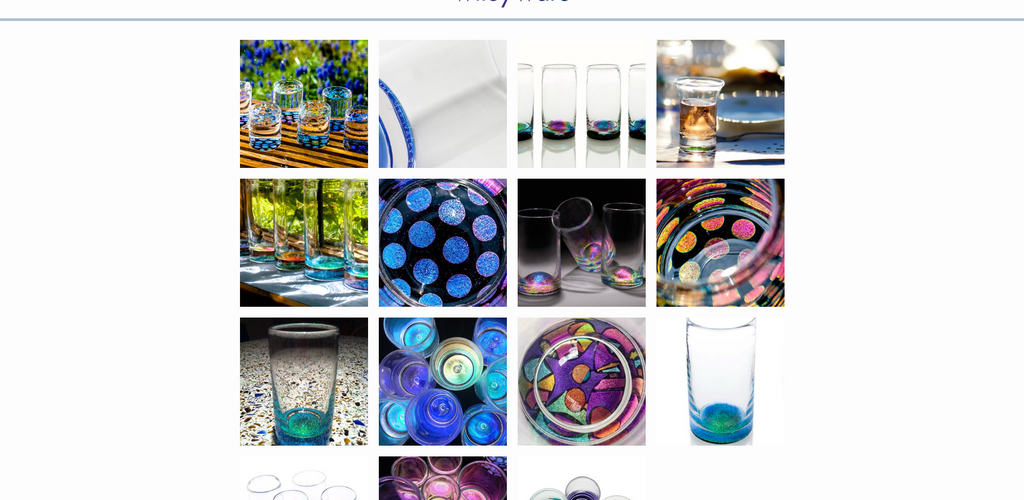
Their collection consists of mini and tall glasses, wine glasses, and glass tumblers. The products are very vibrant because of the colors that they managed to blend into the glass.
02. Recycled Metal: Kalifano
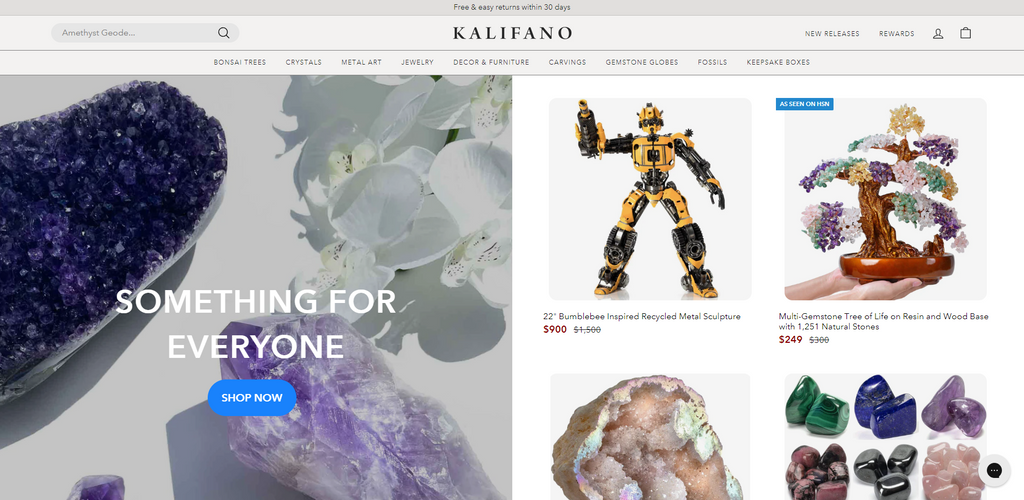
Kalifano’s story began more than a century ago in the year 1912 as an immigrant from Palestine. They initially sold linens and lingeries and as decades went by, they have expanded their product line.
Today, they are a 37-man team creating handmade items using metal and gemstones as their primary materials.

Among their opulent collection, what piqued our interest are these recycled metal scraps welded together to form different sculptures of fictional characters.
If you look closer, you will see that they are made of chains, bolts, wrenches and other items you’ll find in a toolbox.
Job well done!
03. Clay: Ardmore Pottery & Gallery

Ardmore Pottery began as a pottery studio in 1983. They advocate upholding the art of pottery by teaching it to young Irish men and women. Today, Mary Lincoln, the founder, has passed on the management of the business to her daughter.
Such an inspiring story. Artistry runs through the family.

Their collection doesn’t only feature pieces of pottery. They have paintings, hand woven blankets, and wooden jigsaw puzzles.
What caught our attention are their works on pottery. The uneven finish of every piece of mug or bowl is a testament that handmade items are unique pieces.
04. Wood: Woodgeek
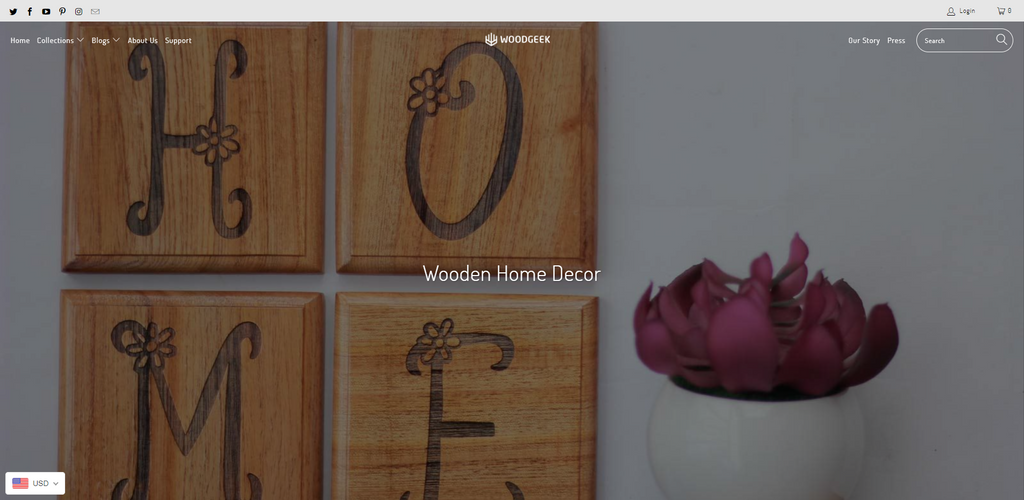
Wood Geek is an ecommerce store that specializes in making different kinds of products using wood.
They take pride in the laborious process each of their products go through before reaching the customers. In fact, they have a wooden bowl made out of 150 pieces of wood segments – talk about passion and dedication.
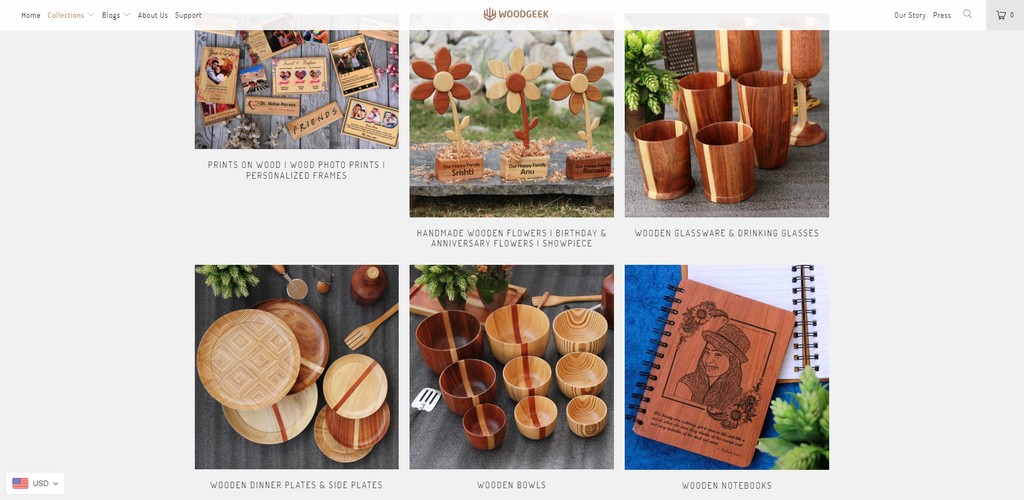
Their collection ranges from wooden notebooks, wall arts, and kitchenware. In addition to that, they offer wood printing to suit their customers’ taste.
Did we mention that they also have wooden greeting cards? Now that’s one thing you don’t see every day.
05. Sand: Moving Sand Art

Sand bottles are a common sight on beach stores. Especially in tropical countries. But art from moving sand? That’s one thing we have never seen before. Until today. Moving Sand Art is an ecommerce store creating framed sand art that can be agitated in order to form into another shape.
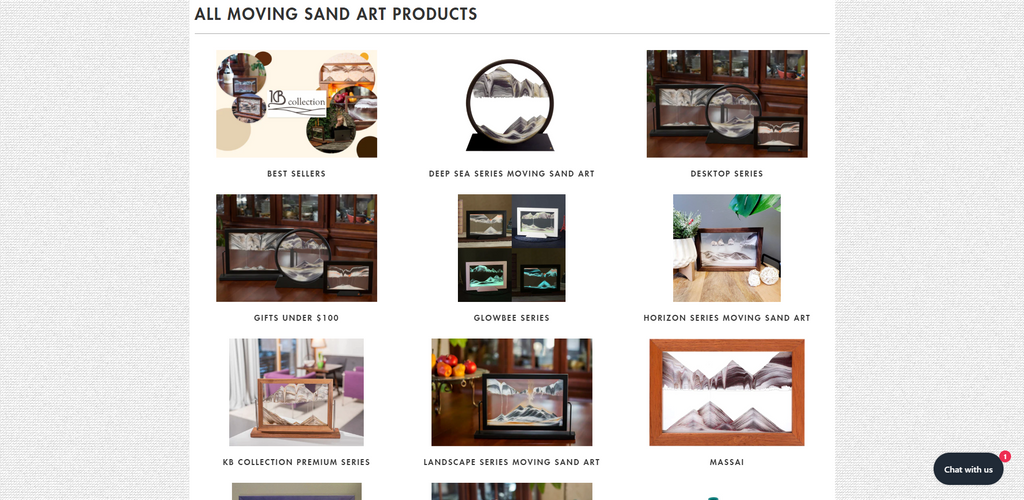
Just flip the frame and let gravity do the magic. Just browsing through their collection provides a relaxing feel enough to make us imagine getting one for ourselves.
Bottom Line
It is refreshing to see handmade items making it into ecommerce in a sea of mass produced identical products. Truly, artisans are a special breed who can capture people through their hands' creations.
Selling crafts online is one of those kinds of businesses that make the buying experience a real bliss because of the amazement that it brings to people – including us.
If you want to succeed in your artisan online business, be sure to follow all the 11 steps we have provided above. More importantly, believe in the art that you make and keep on improving your skills.





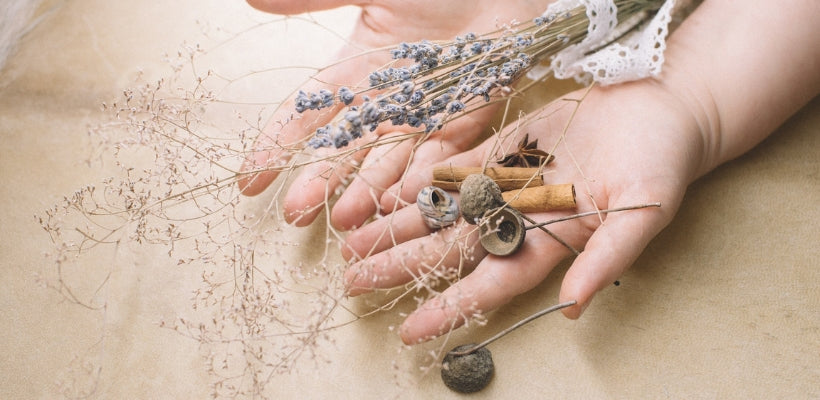

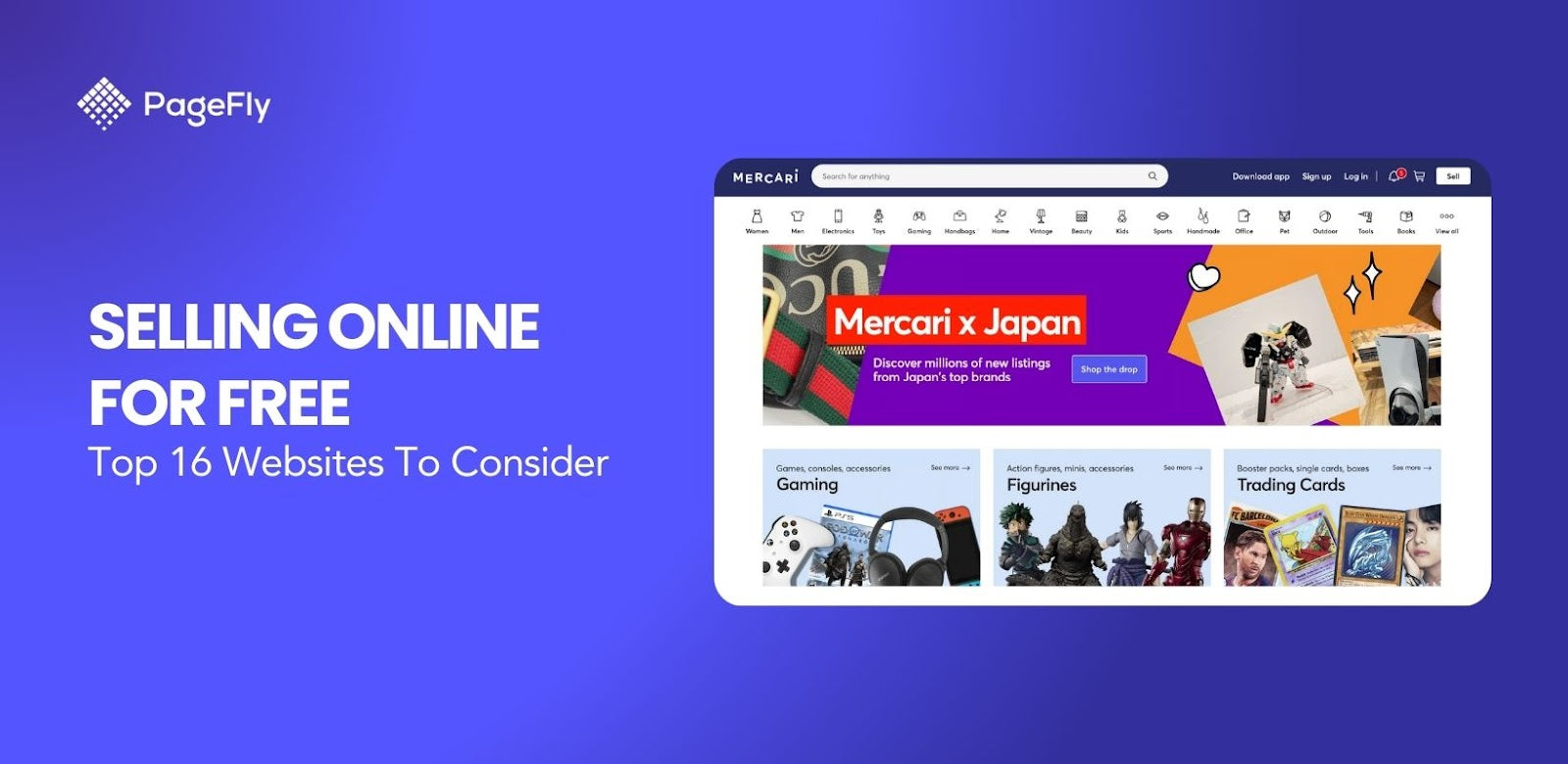
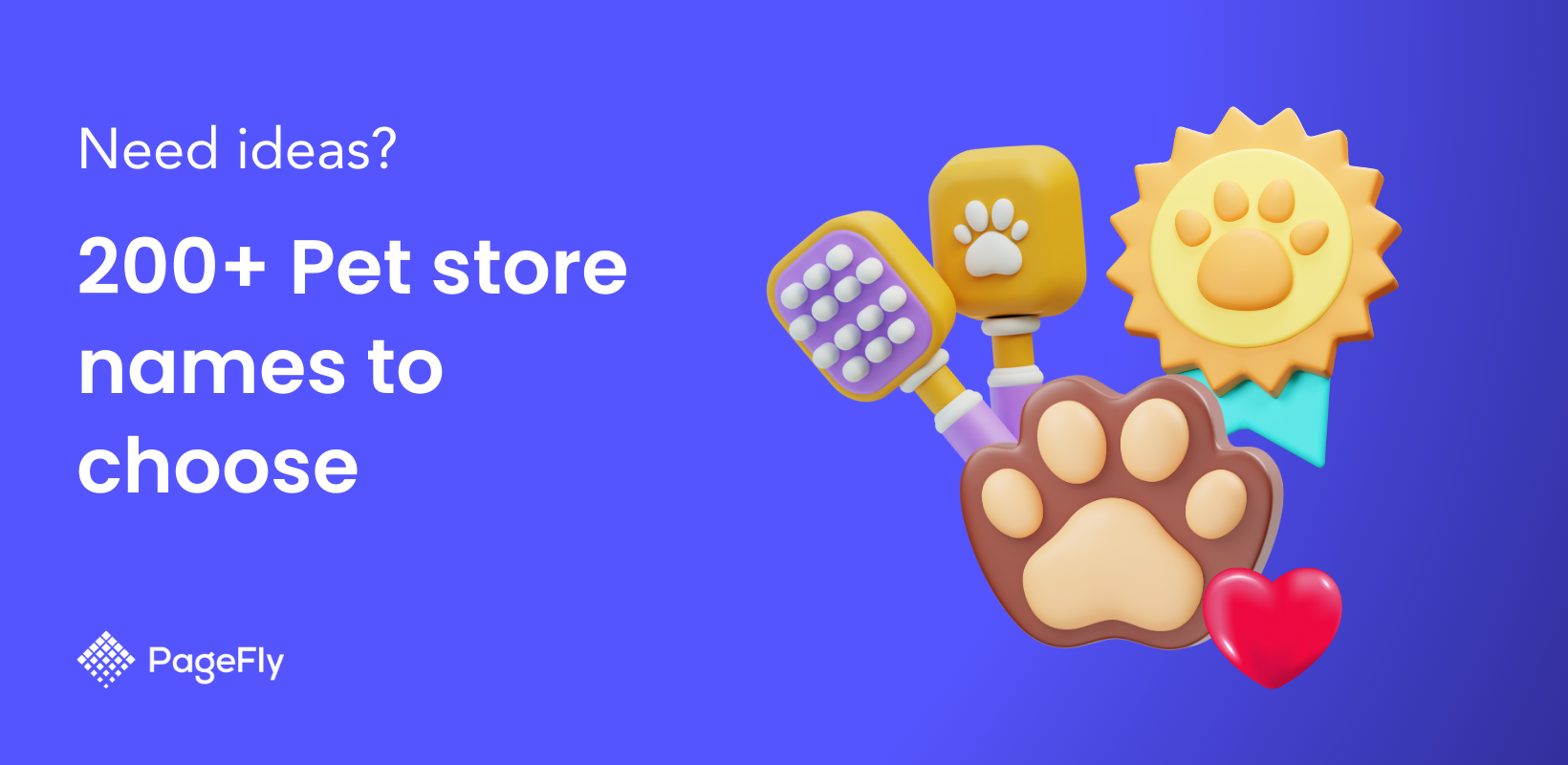
![14 Profitable Small Food Business Ideas for 2025 [Real Numbers]](http://pagefly.io/cdn/shop/articles/1_58b587d2-13db-4aa6-8c19-e40f5c88d3eb.jpg?v=1758255771&width=4460)
![Art Business Names: 350+ Ideas + Free Generator [2025 Updated]](http://pagefly.io/cdn/shop/articles/art_business_name_e94a54e9-d325-4ba3-94ab-7b4297952312.png?v=1760062968&width=1640)
